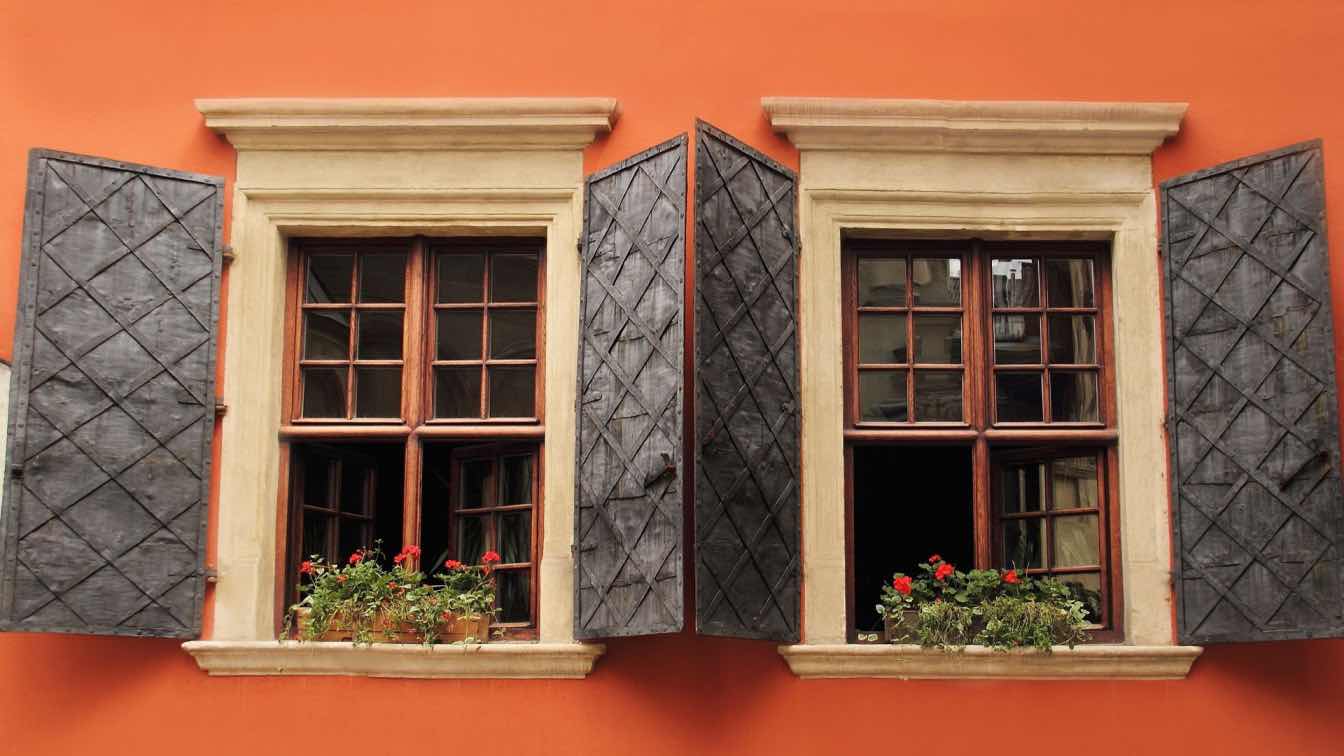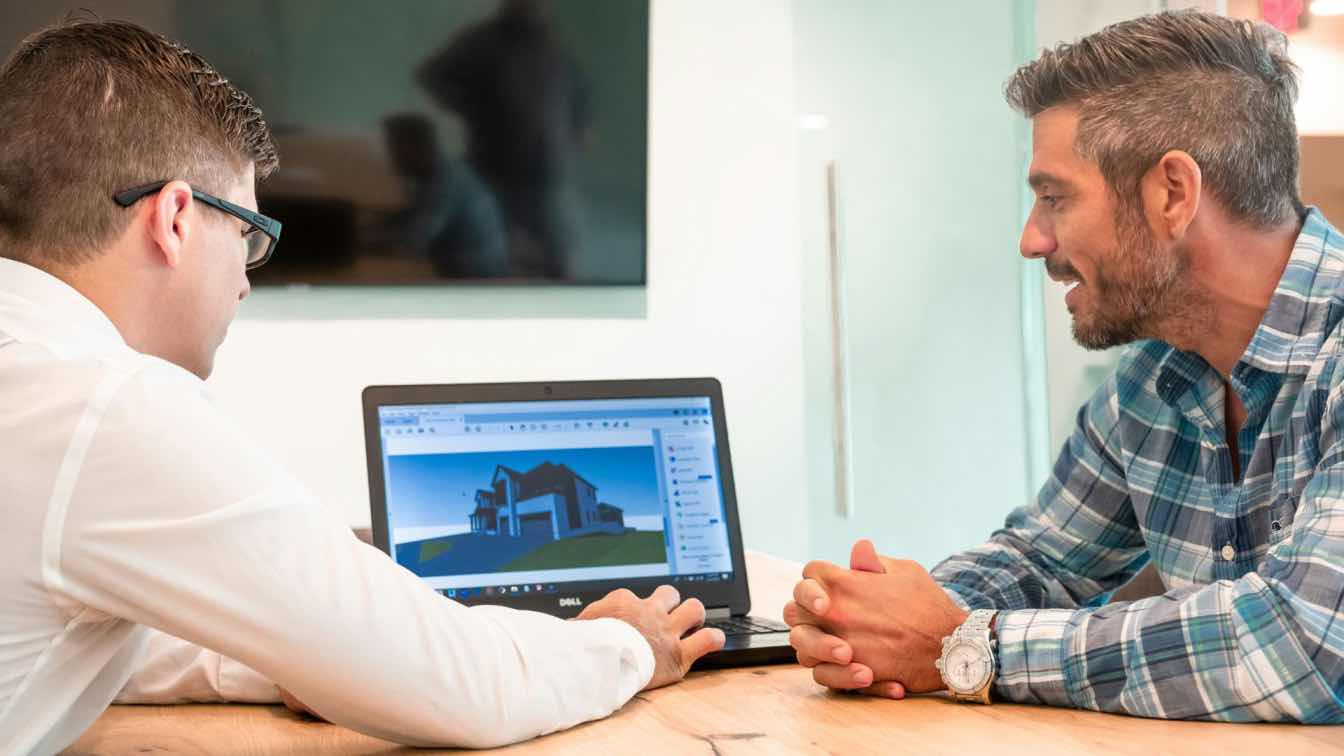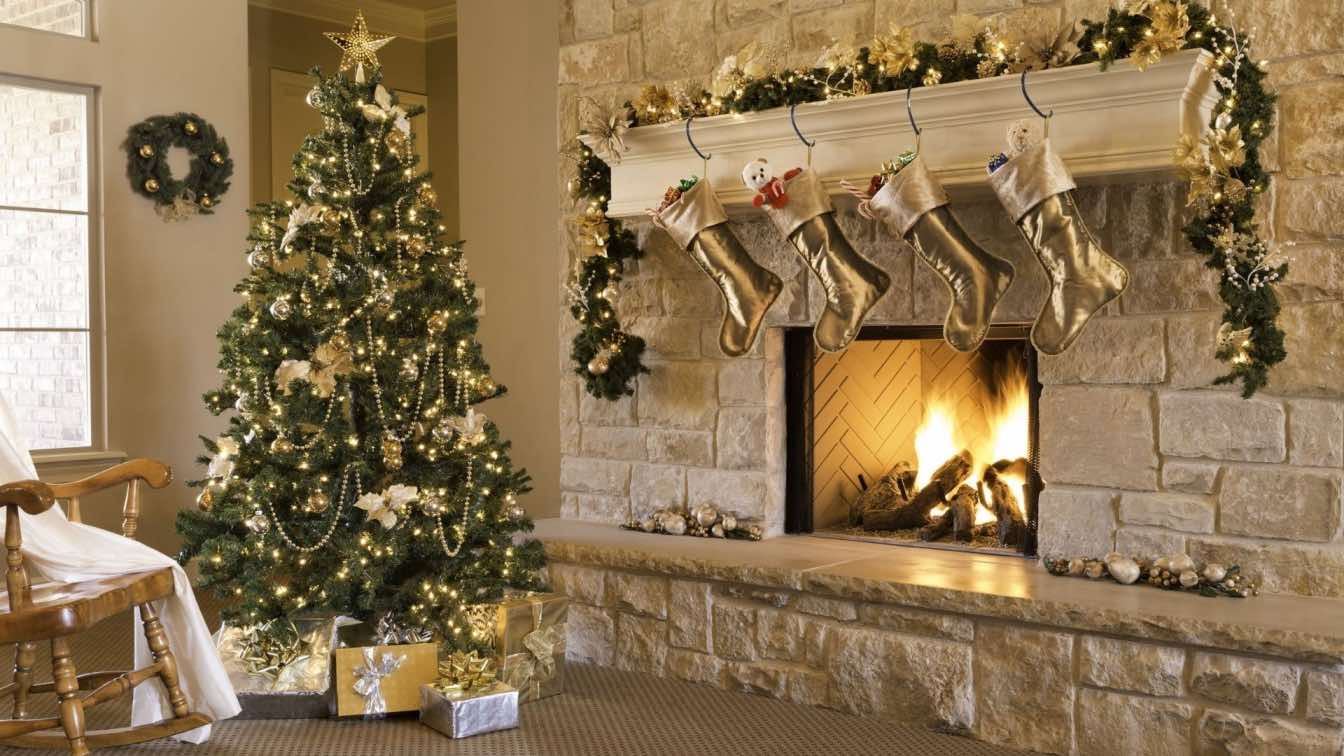Old windows can charm a home with their vintage look, but behind that classic appeal lie potential risks that can affect both your safety and comfort. As windows age, they can lose their ability to properly insulate, secure, and protect your home. Understanding when it’s time to replace them can save you from bigger issues down the line, from rising energy costs to more serious safety concerns. Let’s explore the hidden dangers of old windows and how to know when it’s time to consider an upgrade.
Poor Insulation and Energy Inefficiency
One of the most common problems with old windows is poor insulation, which can significantly affect your home’s energy efficiency. Windows that are decades old may have warped frames, broken seals, or single panes, all of which allow drafts to enter and heat to escape. This not only makes your home uncomfortable in extreme weather but also drives up your heating and cooling bills as your HVAC system works harder to maintain a consistent temperature. Consulting with professional window installers can help you assess whether your windows are the cause of higher energy costs. Replacing old windows with energy-efficient models can drastically reduce heat loss, lower your utility bills, and improve the overall comfort of your home. Modern windows with double or triple panes, low-E coatings, and insulated frames are designed to provide optimal thermal performance, making them a wise investment for both your wallet and the environment.
Compromised Safety and Security
Old windows often pose serious security risks. Over time, window frames can weaken, locks can rust or break, and glass can become brittle. This makes it easier for intruders to break in or for the windows themselves to fail in the event of severe weather. In homes with older windows, outdated locking mechanisms may not provide the level of security needed to keep your home safe, leaving your property vulnerable.
If your windows no longer open or close properly, they may not provide an adequate escape route in case of an emergency, such as a fire. In these cases, replacing old windows with modern, secure alternatives ensures that your home remains both safe and accessible.
Health Hazards from Mold and Lead Paint
Old windows can also contribute to health risks in your home. Windows with damaged or deteriorating frames can allow moisture to enter, leading to mold growth around the window and inside the walls. Mold not only damages your home’s structure but also poses a health risk to occupants, especially those with respiratory issues or allergies.
Homes built before 1978 may have windows coated with lead-based paint, which can be hazardous, particularly for children and pets. If the paint is chipped or peeling, it’s important to have the windows professionally replaced to eliminate the risk of lead exposure.
The Benefits of Window Replacement
Replacing old windows not only addresses these hidden dangers but also improves your home’s aesthetic appeal and value. Modern windows come in a variety of styles and materials, allowing you to enhance the look of your home while enjoying increased energy efficiency and safety. By upgrading your windows, you’ll also boost your home’s curb appeal, which can be a selling point if you ever decide to put your home on the market.
Old windows can cause a range of problems, from energy inefficiency to health and safety hazards. Recognizing the signs that it’s time to replace them and consulting with professionals can ensure your home stays safe, comfortable, and energy-efficient for years to come.





